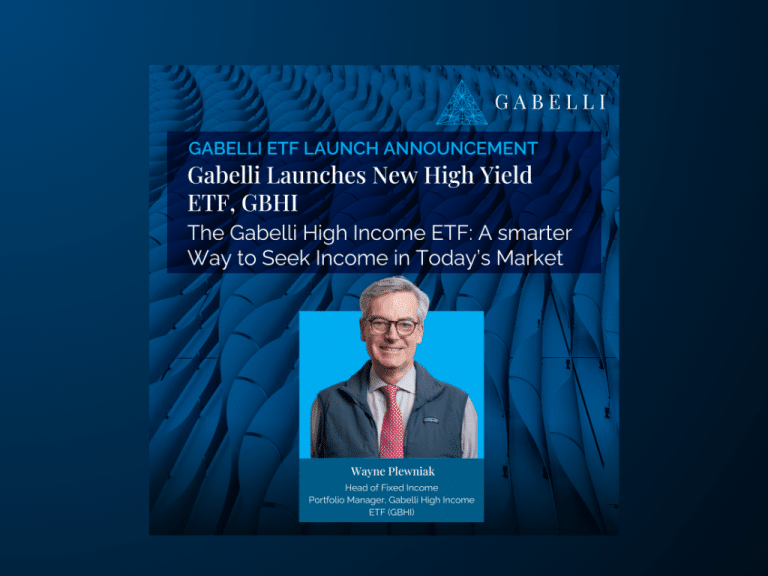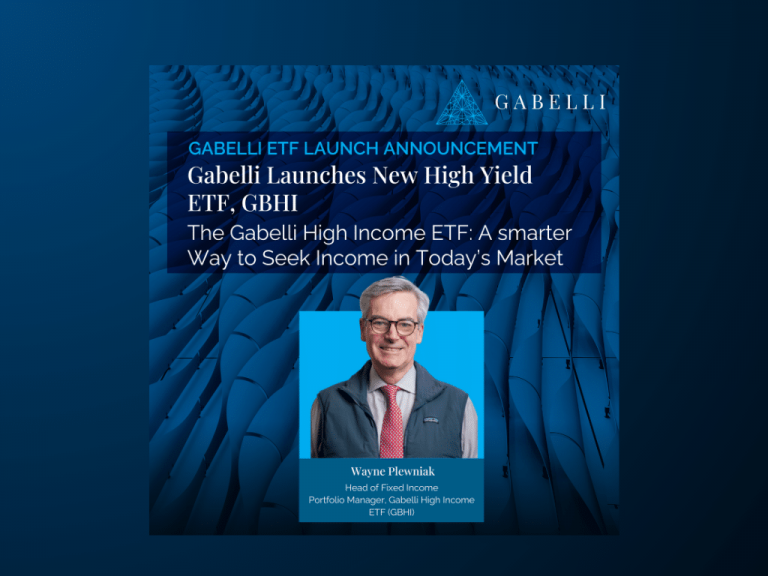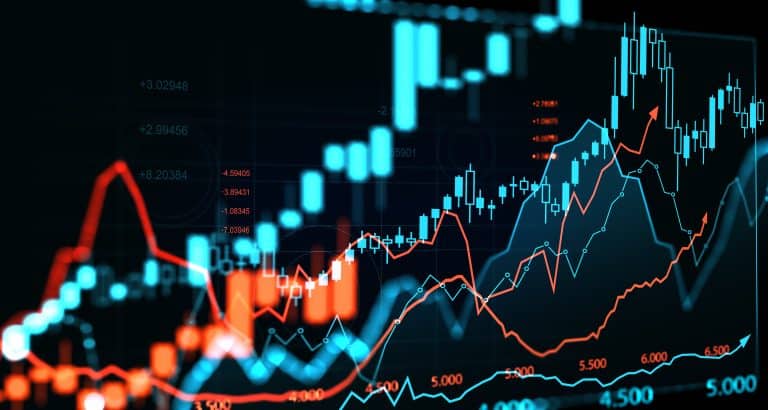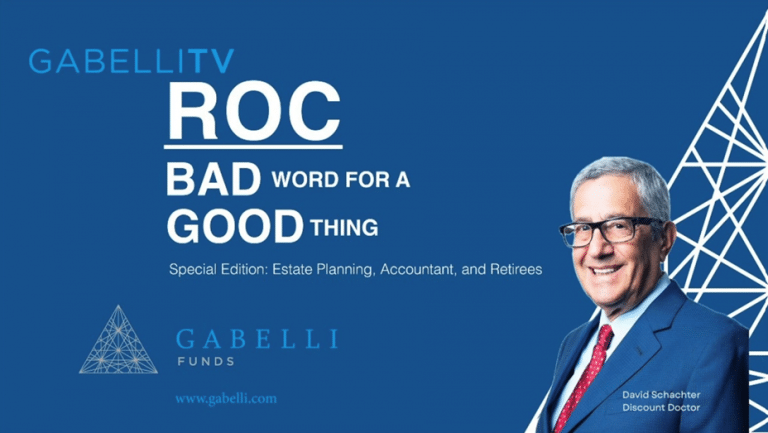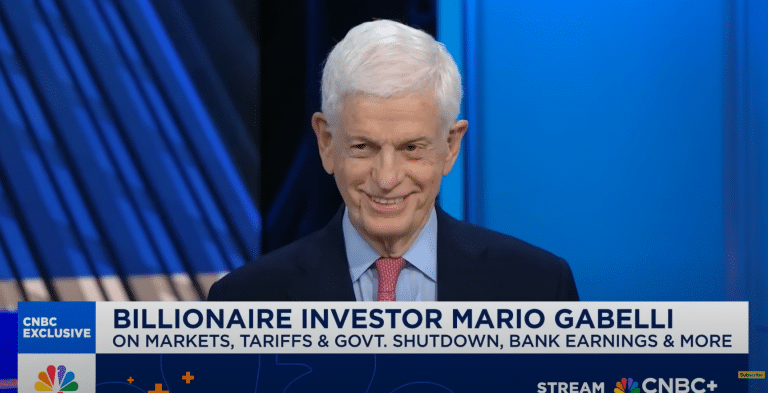Introduction
Global equities rose in the second quarter (S&P 500 +9%) and for the first half (+17%) as the market ascribed higher odds to ending the current interest rate hiking cycle with a soft landing (short, shallow recession) rather than a hard landing (long, deep recession). A June extension of the U.S. debt ceiling, limited fallout from the March bank failures, and efforts to temper a hot war in Ukraine and a cold war with China buoyed sentiment. Meanwhile, Artificial Intelligence (AI) injected some serious Fear of Missing Out (FOMO) into the market, leading to panic buying of tech stocks. Both inflation and growth are clearly slowing but, with the economy mid-rotation, it is premature to call the landing. We remain cautious but optimistic about the remainder of the year, especially as areas we tend to favor have room to catch up to the narrow few that have led the market thus far.
The Centrality of Central Banks
The Federal Reserve and its peers around the world navigate the triad of growth, inflation, and interest rates with limited tools. Since March 2022, the Fed has raised interest rates ten times/500 basis points and switched from Quantitative Easing to Quantitative Tightening in a quest to bring inflation to its target 2% range. Current expectations include at least one more hike this year, with additional cuts coming in 2024. The Fed received an assist from a normalizing supply chain and tighter credit standards resulting from March’s bank turmoil; on the other hand, a hot equity market padding consumer wealth has not done the Fed any favors.
Economic data has generally exceeded expectations. Headline inflation likely peaked at 9.1% one year ago in June 2022 and, flattered by declining energy prices, may dip below 3% this summer. Leading indicators of economic health (e.g., PMIs) suggest a slowdown but, puzzlingly, employment remains robust. Statistical sleight-of-hand (adjustments to employment using the birth/death model), behavioral changes resulting from COVID (an increased propensity for consumers to spend on experiences, a reluctance of employers to separate trained workers), and lag effects have all been cited as explanations for this apparent disconnect. Clearly, the market faces increased uncertainty allowing the concept of “no landing” to enter the conversation. Confusingly, “no landing” has been used to describe scenarios in which: (a) inflation dissipates with no discernible impact on growth -— essentially a super-soft landing that accommodates rate cuts; or (b) inflation and growth continue apace, necessitating more rate increases than anticipated — effectively leading to a delayed hard landing and a presumably difficult run for equity markets. We find both these scenarios unlikely. However, we do worry about the “PAXLOVID effect.” Much as the COVID treatment can lead to rebound cases of the disease, might inflation return soon after the Fed takes its foot off the brake? Can policy makers tame inflation expectations without significant economic pain? The Fed’s own commentary would suggest Chair Powell is well aware of what happened when his predecessors eased too early. While this Fed may not possess the wherewithal to raise rates significantly from here, we do think a period of higher for longer inflation and interest rates is the most likely future scenario.
Mr. Market
Ten-year interest rates at their highest since the 2007-08 Great Financial Crisis provided an unexpected backdrop for the NASDAQ-100 to have its best first half ever (+40%). After tightening financial conditions deflated many of the market’s darlings in 2022, Growth has trounced Value so far in 2023. Perhaps as unexpectedly, the market is as concentrated and narrow as immediately after COVID. Having evolved from the FANG+ to the Magnificent Seven (M7) – Apple, Amazon, Alphabet, Meta, Microsoft, NVIDIA, and Tesla – these market leaders aggregated to 27% of the S&P 500 and accounted for two-thirds of its return. Indeed, an equal-weighted version of the S&P 500 is up only 6% this year. Like the puzzle of resilient employment above, we see several explanations for this seeming growth paradox: (a) although short-term rates remain near cycle highs, they are not extreme in their historical context, and their trajectory is almost certainly lower as illustrated by the inverted yield curve; (b) fortress balance sheets and robust cash flows make the M7 excellent safe havens; and (c) AI’s coming out party has been viewed as a net positive for nearly every M7 member, while banking sector stress has weighed on a key component of most value benchmarks.
The overall market multiple of 20x 2023 earnings has risen two turns this year, but remains below its recent highs. Of course, several large growth companies skew this metric. The good news is that we continue to find value in certain less flashy sectors. Even better, the market seems to agree. Market breadth improved as the second quarter progressed. Smaller capitalization stocks, and cyclicals in particular, have started to perform well. As the odds of a near-term severe recession diminish, we would expect this trend to continue.
Deals, Deals & More Deals
A second quarter year-on-year increase in M&A activity was not enough to offset a 37% decline in first half deals to $1.3 trillion. Notable Q2 activity included bidding wars for pump and valve manufacturer Circor International and 3D printing firm Stratasys. Leveraged buyouts and megadeals were particularly light as financing and regulatory uncertainty reigned. The U.S. Federal Trade Commission has been notably stringent in their transaction reviews, and recently introduced additional filing requirements that could quell future activity. Nonetheless, the underpinnings for deals, including the need for global scale amidst sweeping technological change, remain strong. As has historically been the case, financial engineering activity, such as the split-off of the Atlanta Braves baseball club, and spin-offs Crane/Crane NXT, MSG Entertainment/Sphere, Phinia/BorgWarner could also fuel future M&A.
CONCLUSION
While we tend to take a long view of the world, we have focused on the nature of the near-term economic “landing” because we are finally bringing to a conclusion the events that have dominated not just the last few years (i.e., COVID) but the last decade or more (i.e., the zero-bound interest rate experiment, a globally integrated Pax Americana). As discussed in our 2022 annual letter, the overall investment regime has changed. The game continues; that’s why we evolve our process while remaining true to our Private Market Value with a CatalystTM approach. Combining this methodology with bottom-up research, we aim to identify excellent businesses run by adaptable managements that trade at meaningful discounts to their observable value. We believe these investments will thrive no matter which economic outcome materializes.
– Christopher J. Marangi & Kevin V. Dreyer






